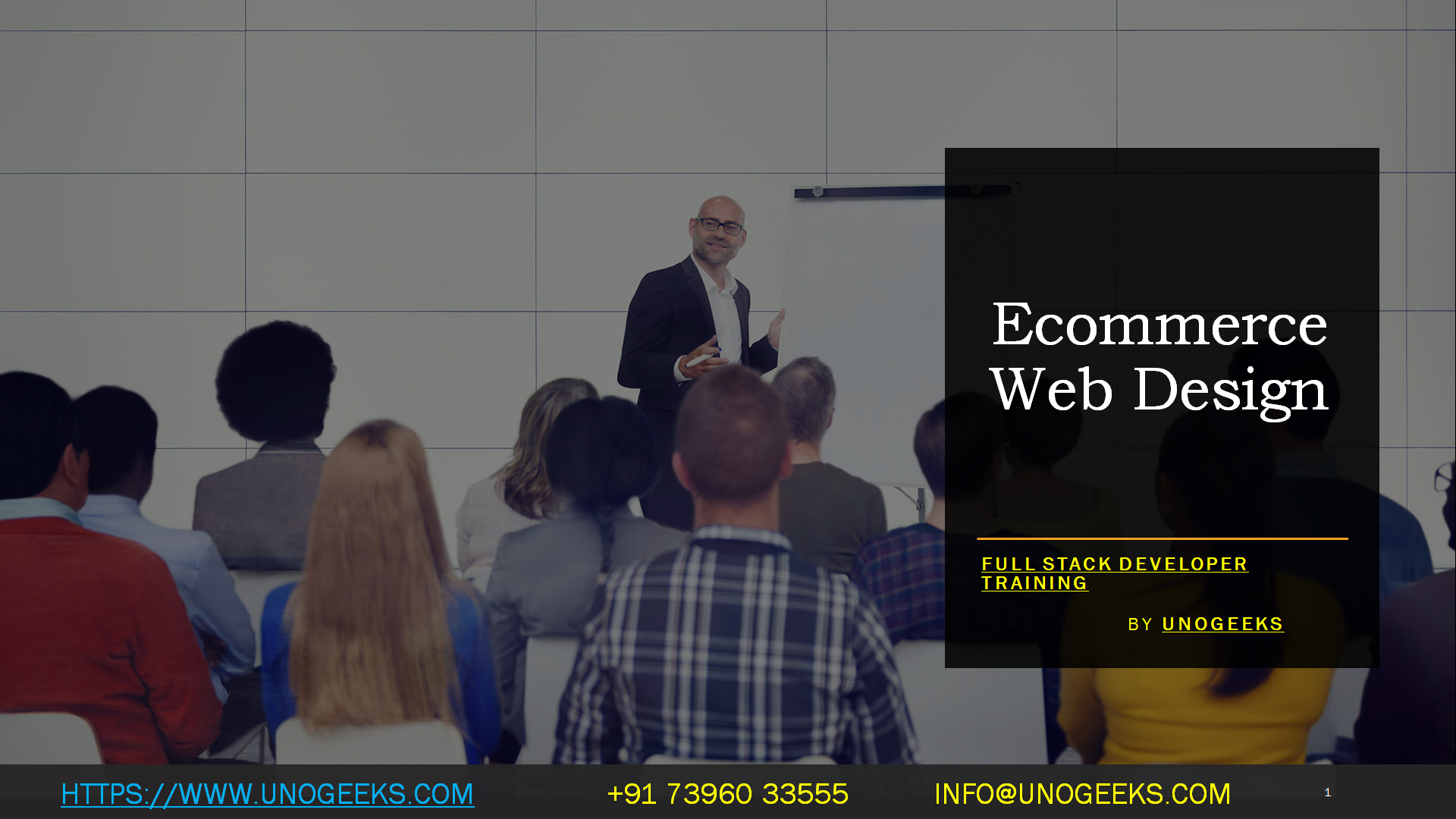Ecommerce Web Design
Creating a successful e-commerce website involves various elements, from design and user experience to functionality and security. Here are some key considerations and software/tools you can use for e-commerce web design.
- Responsive Design:
- Ensure that your website design is responsive, meaning it adapts to different screen sizes, including mobile devices, tablets, and desktops.
User-Friendly Navigation:
- Create an intuitive navigation structure with clear categories and product listings to help users find what they are looking for easily.
Attractive Design and Branding:
- Use visually appealing graphics, images, and branding elements to create a professional and memorable online store.
Product Pages:
- Optimize product pages with high-quality images, detailed descriptions, pricing information, and clear call-to-action buttons for adding items to the cart.
Shopping Cart and Checkout:
- Implement a user-friendly shopping cart and checkout process with multiple payment options, guest checkout, and order confirmation pages.
Security:
- Ensure the security of customer data and transactions through SSL certificates, secure payment gateways, and adherence to PCI DSS compliance.
SEO Optimization:
- Optimize your e-commerce website for search engines by using relevant keywords, meta tags, and creating an SEO-friendly URL structure.
Content Management:
- Use a content management system (CMS) like WordPress to easily update and manage product listings, blog content, and other site elements.
Analytics and Tracking:
- Integrate analytics tools like Google Analytics to track user behavior, conversion rates, and other important metrics.
Marketing and Email Integration:
- Connect your e-commerce platform with email marketing tools like Mailchimp or HubSpot to engage with customers through email campaigns.
Payment and Shipping Integration:
- Integrate payment gateways such as PayPal, Stripe, or Square for secure transactions. Set up shipping options and calculate shipping costs based on location and weight.
Customer Reviews and Ratings:
- Enable customer reviews and ratings to build trust and credibility among potential buyers.
Customer Support:
- Provide contact information and support options, such as live chat or a dedicated customer support page.
Performance Optimization:
- Optimize website performance by minimizing load times and ensuring fast page loading for a better user experience.
Full Stack Developer Training Demo Day 1 Video:
Conclusion:
Unogeeks is the No.1 IT Training Institute for Full Stack Developer Training. Anyone Disagree? Please drop in a comment
You can check out our other latest blogs on Full Stack Developer Training here – Full Stack Developer Blogs
Please check out our Best In Class Full Stack Developer Training Details here – Full Stack Developer Training

———————————-
For Training inquiries:
Call/Whatsapp: +91 73960 33555
Mail us at: info@unogeeks.com
Our Website ➜ https://unogeeks.com
Follow us:
Instagram: https://www.instagram.com/unogeeks
Facebook:https://www.facebook.com/UnogeeksSoftwareTrainingInstitute
Twitter: https://twitter.com/unogeeks
